- Armor Blog
- Vehicle
- Important Things To Understand About Exhaust Smoke Color
The Exhaust Smoke Color can actually tell you a lot about what’s going on in the engine
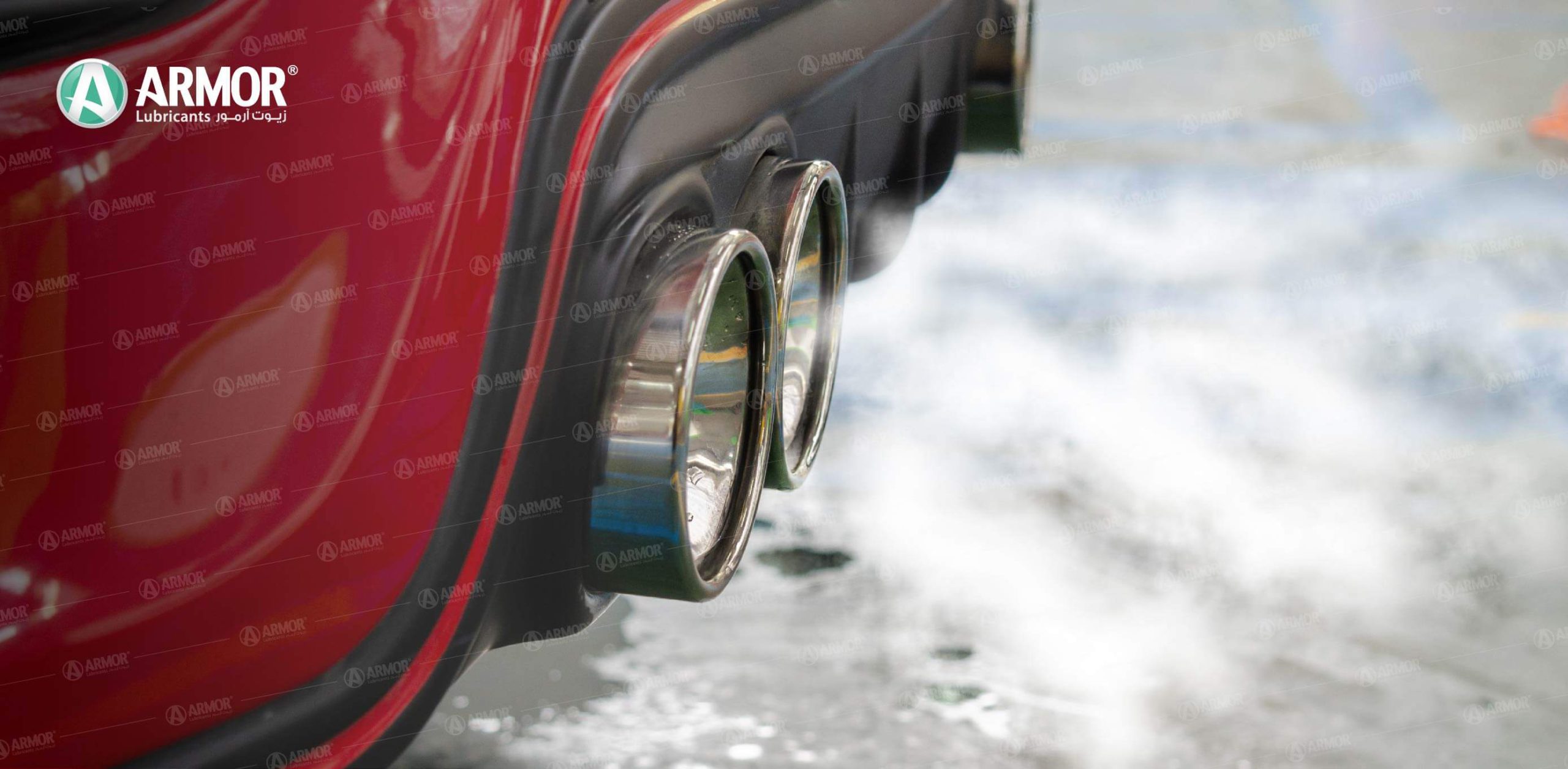
All internal combustion engines produce exhaust. It’s an inescapable byproduct of the combustion process itself. When fuel and air combine with a spark, an explosion happens that burns the fuel and powers the engine.
The fumes from that explosion must be vented from the crankcase so that fresh oxygen can take its place. The fumes are channeled through the manifold, down the exhaust pipe, through the catalytic converter, and then out the muffler.
In most cases, you won’t see the exhaust, but sometimes, you could see colored smoke. The color can actually tell you a lot about what’s going on in the engine. Not sure what those exhaust smoke colors might mean? Let’s break it down for you.
Light/Thin White
If you notice thin, wispy strands of white exhaust smoke, it’s considered normal. This is most common when the temperature is low, and the engine has not yet warmed to operating temperature. In most cases, this type of smoke is nothing more than water vapor. It should stop once the engine reaches operating temperature.
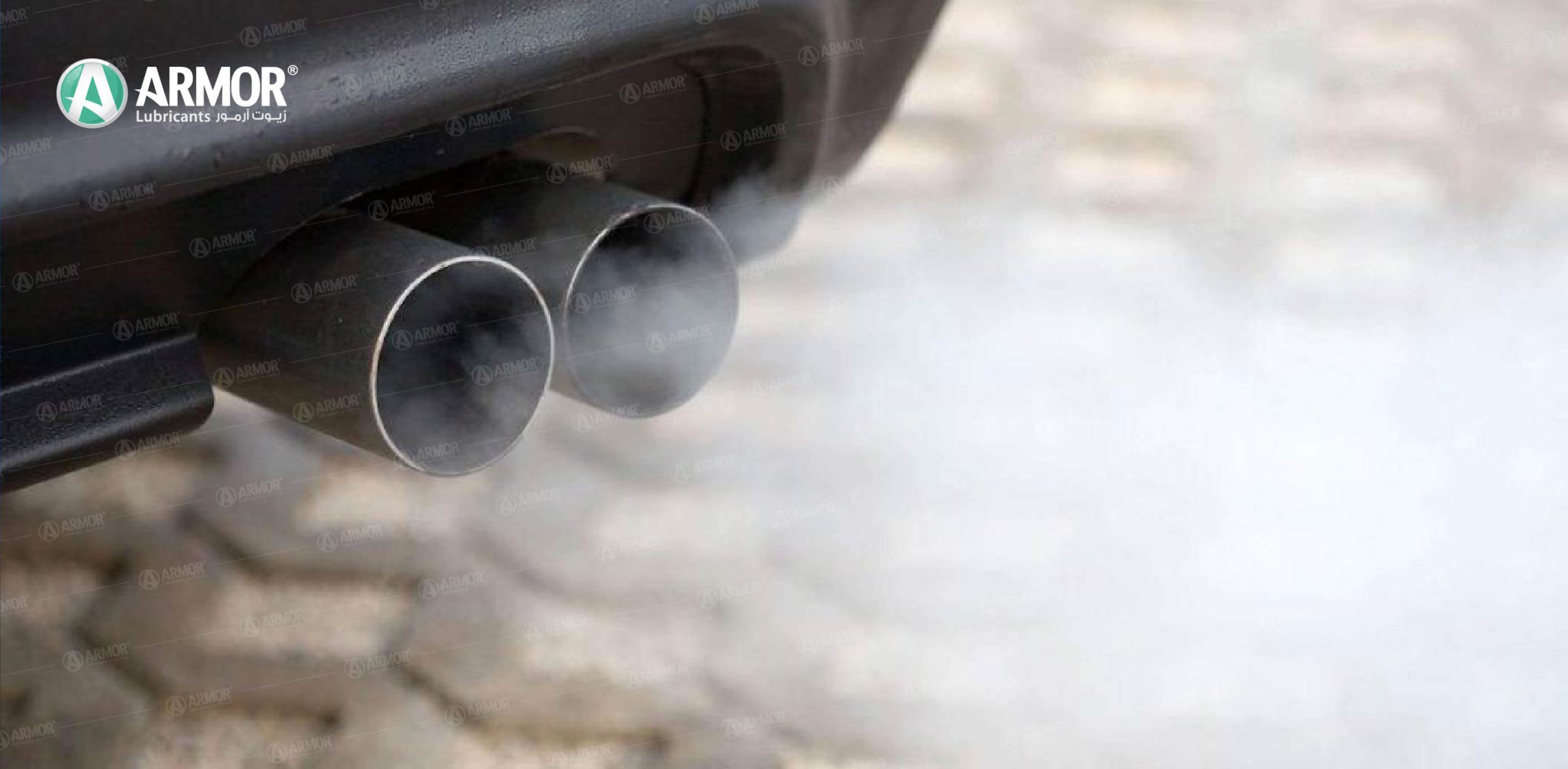
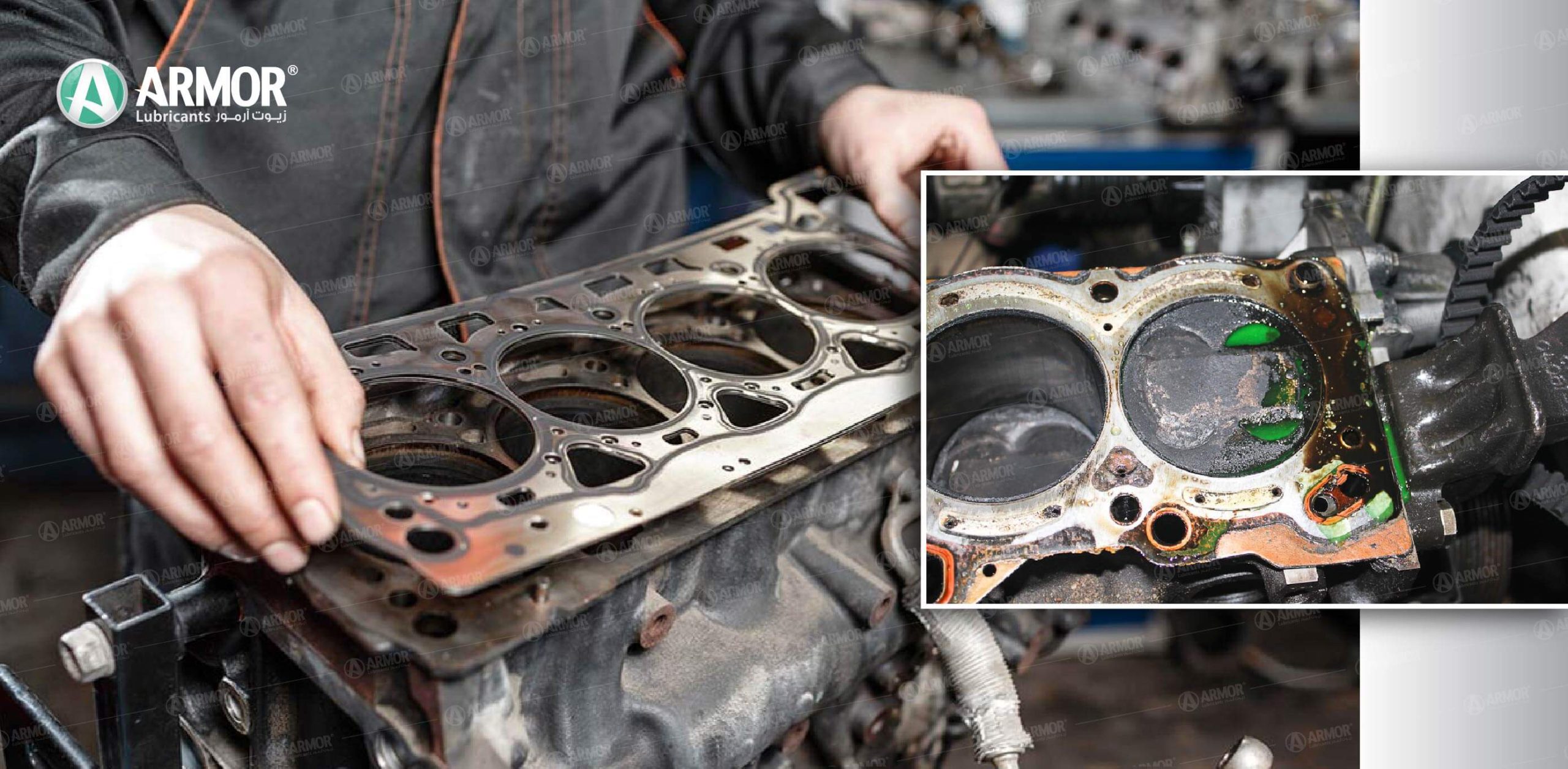
Thicker White Smoke
If you notice that your car is emitting clouds of white smoke and it is already at operating temperature (has fully warmed up), then there is a chance that you have one of two problems. One potential issue is that your engine is running too rich, meaning that not all the fuel is being burnt off in the combustion chamber. If the exhaust smells of gasoline, this is the case. The second potential issue is a leak in the head gasket that is allowing coolant into the combustion chamber, or possibly a cracked block or cylinder head, allowing the same thing to occur.
Blue Or Gray Smoke
If you notice that there is blue or blue-gray exhaust smoke color coming from the exhaust of your vehicle, it’s a sign that you have an oil leak somewhere in the engine. However, rather than dripping onto the ground, the oil is leaking into the engine where it’s being burned during the combustion process. The leak could be in any number of locations, including valve seals or piston rings. Professional repair of the leak is the only way to stop the problem.
Note that if you have a diesel engine, the situation is different.
Blue smoke from a diesel engine may indicate that the engine oil is overfilled, or that your piston rings are worn.
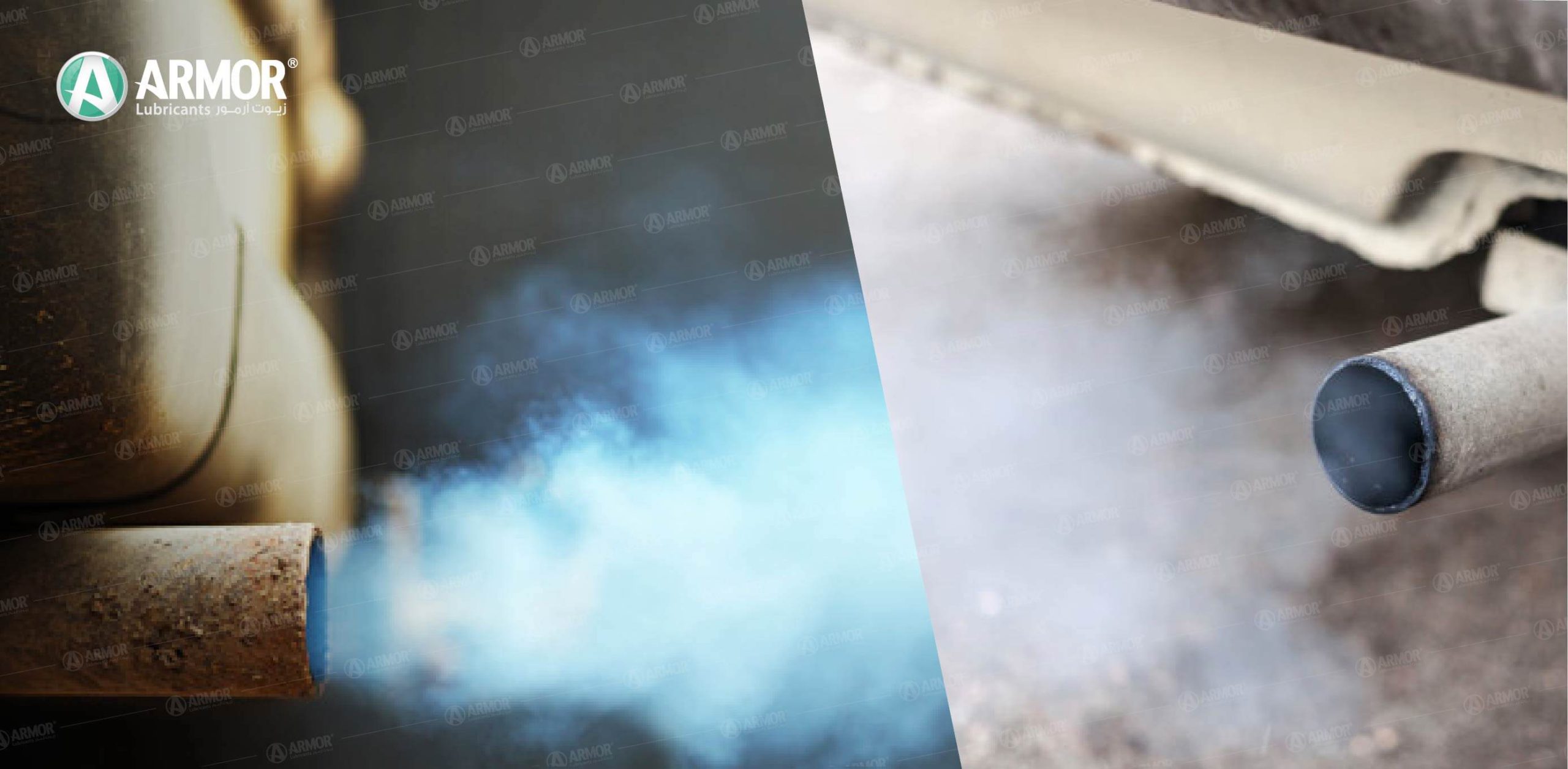
Black/Gray Exhaust
Some black exhaust from a diesel engine is normal, but significant amounts when the engine is not under heavy load could mean that a fuel injector is leaking, or that the air filter is clogged.

White Exhaust
White exhaust from a diesel engine is a sign that the engine has not warmed up yet, but it may also indicate a cracked block or cylinder head, or a leaking head gasket, similar to what is seen with gasoline engines.
As you can see, the exhaust smoke color can mean a wide range of things. If you’ve noticed a sudden change in color, having the problem repaired is essential.
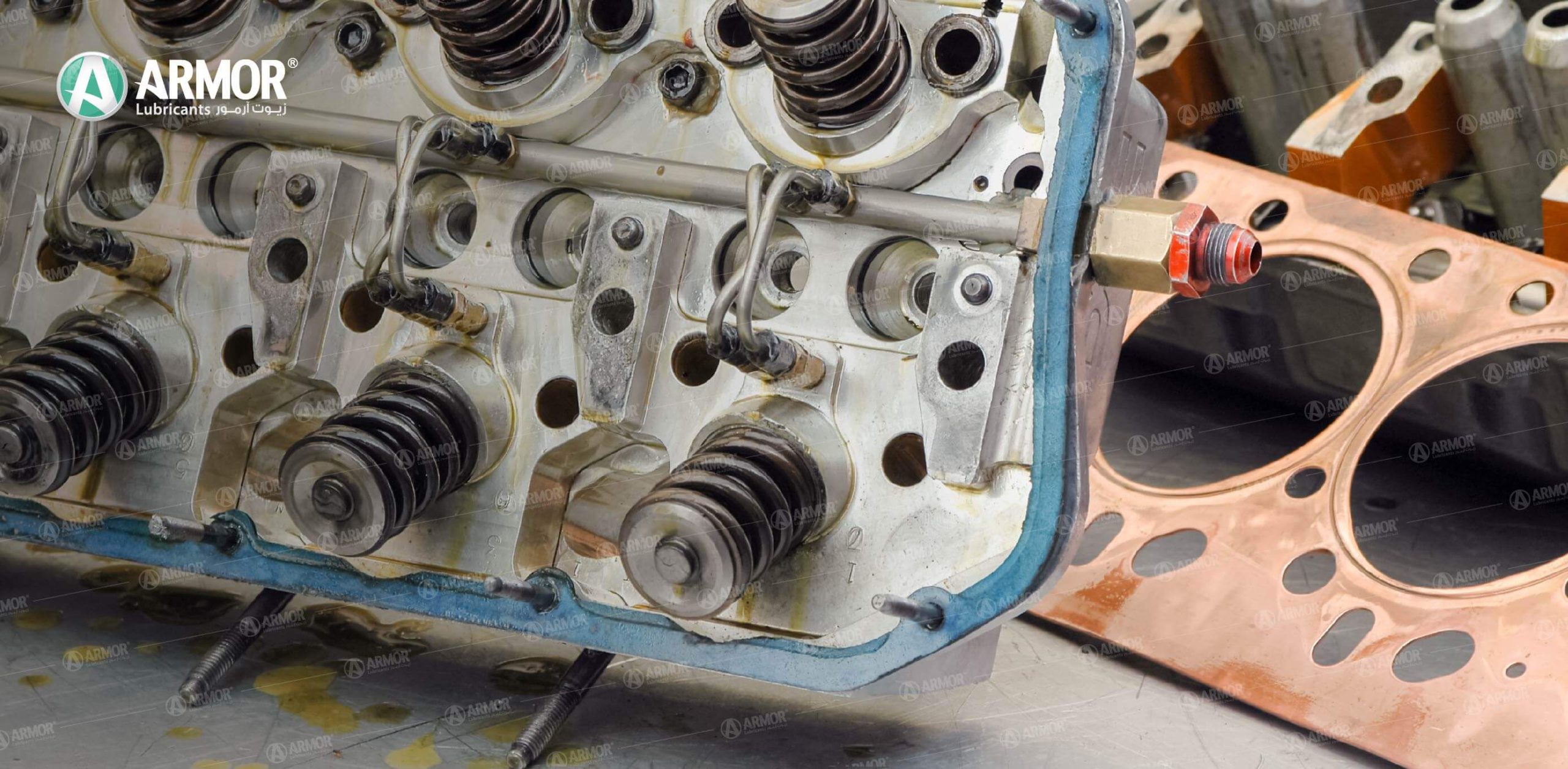


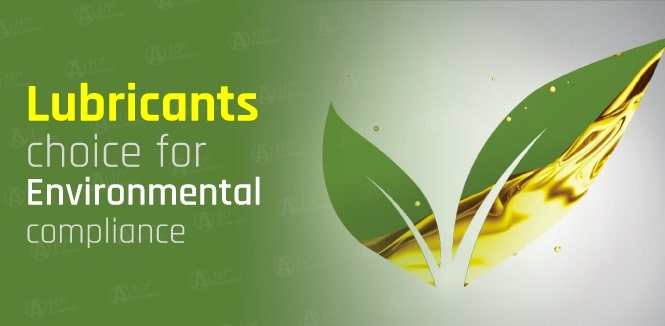

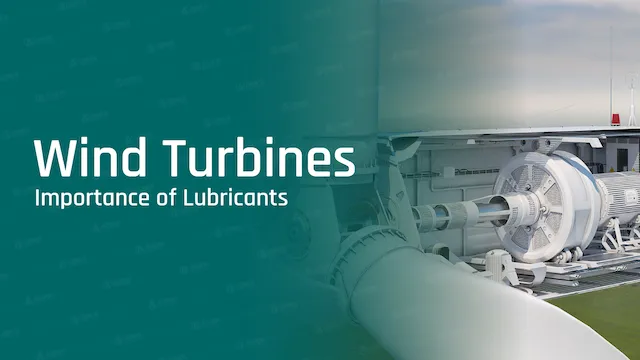
 Spear lubricants
Spear lubricants Armada lubricant
Armada lubricant Ace lubricants
Ace lubricants Perfect lubricants
Perfect lubricants Enzo lubricants
Enzo lubricants Lawrence lubricants
Lawrence lubricants